
According to Grandmaster Ip Man, it all began when the Shaolin monastery in Hunan Province offered refuge to anti-government revolutionaries during the rule of the hated Qing dynasty. This aroused the fears of the Manchu government, which sent troops to attack the monastery. Eventually the monastery was burned down. A few monks and their disciples escaped, including four monks and a nun named “Ng Mui” who became an important figure in Wing Chun history.

Mui is said to have taken refuge in the White Crane Temple on mount Tai Leung. Ng Mui observing a fight between a snake and crane, devising a whole new fighting style amalgamating the soft and powerful moves of Snake & Crane along with the distilled Shaolin martial art knowledge into a system that Wing-Chun could learn quickly, and use without developing great strength.

Yim Wing Chun, the beautiful daughter of a local tofu vender described as ‘an intelligent and athletic young girl, upstanding and forthright’. Ng Mui learned that Yim Wing Chun’s beauty had attracted the unfavorable attentions of a local bully intent on forcibly marrying her. Taking pity on Yim Wing Chun, Ng Mui taught her a selection of her own fighting techniques, which Yim Wing Chun practiced hard and mastered. Then – it is said – she challenged the bully to a fight and defeated him.

After her marriage Yim Wing Chun taught her style of Kung Fu to her husband Leung Bok Chau, who went on to teach others and named this new style of Kung Fu after his wife – Wing Chun Kung Fu. Leung Bok Chao passed on his art to members of a traveling opera company known as the ‘Red Boat Opera’ especially Leung Lan Kwai.
Beautifully showcased as the “girly man” in the 1981 movie “The Prodigal Son” Leung Lan Kwai was a frail looking actor who performed role of girl but had exceptional martial skill. He passed it on to fellow opera members, including Wong Wah Bo and Leung Yee Tai.
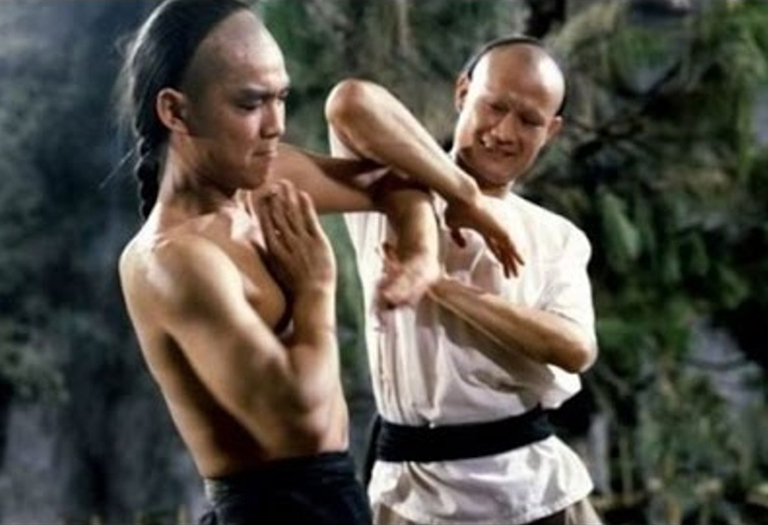
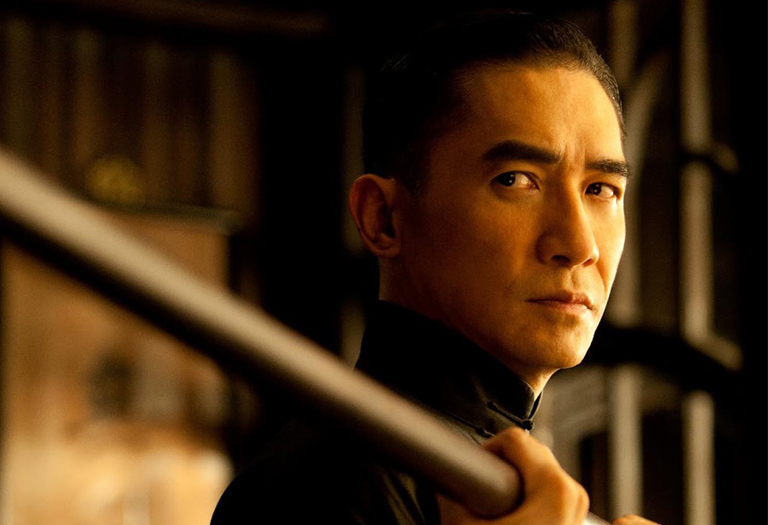
Leung Yee Tai befriended a cook on the Red Boat Opera named Jee Shim, who was apparently another former abbot of the Shaolin Temple in hiding. He taught Leung Yee Tai the now famous six-and-a-half point pole techniques. Wong Wah Bo is said to have further developed and added the Eight Cutting Knives (Bart Cham Dao) form to Wing Chun. Both Leung Yee Tai and Wong Wah Bo later passed on their Wing Chun skills to the legendary Leung Jan, a herbalist known both as a doctor and martial arts expert in the town of Foshan.
Leung Jan can be credited to have organized & structured the Wing Chun body of knowledge (BOK) into 3 empty hand forms, wooden dummy form & weapons. Famous for his reputation as a winner of numerous challenge matches, Leung Jan taught many students in his clinic, which served as an herbal store as well as a martial arts school. Leung Jan’s students included his sons, Leung Chun and Leung Bik (Ip Man’s 2nd Master) and a money changer named Chan Wah Sun.
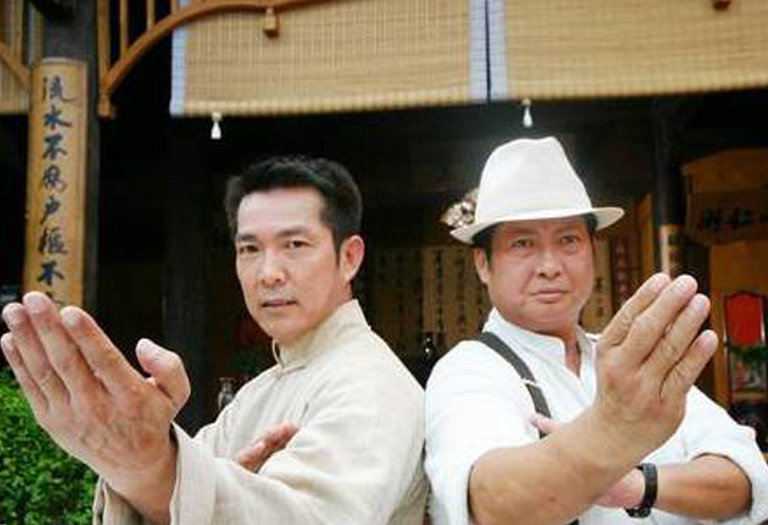
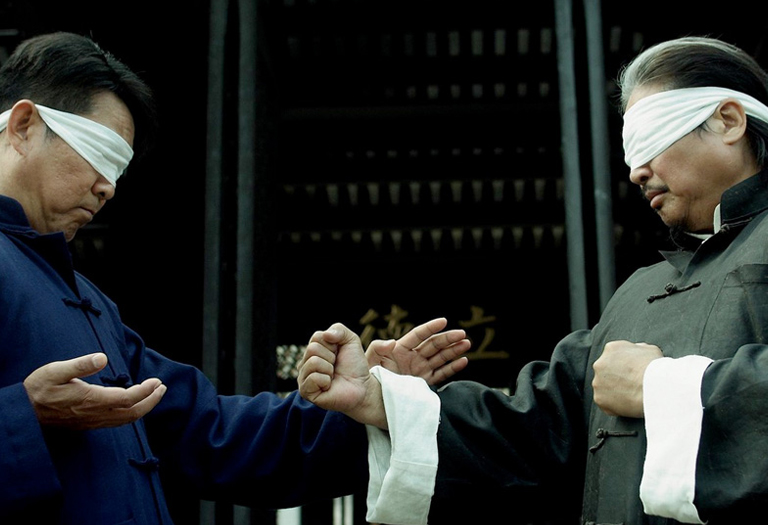
Chan owned a coin changing stall near Leung Jan’s herbal medicine clinic in Foshan. It is said he developed great strength and agility over the years from carrying heavy loads of coins every day. Chan had learned some other martial arts before learning Wing Chun from Leung Jan. Chan went on to become famous in Foshan, winning many challenge fights. Chan also learned traditional Chinese Medicine from Leung Jan, eventually closing his money changing business and opening a healing clinic. He accepted his last student, Ip Man, when he was 70 years old, but was only able to teach him for three years. Before passing away, Chan asked his second student, Ng Chung-Sok, to continue Ip Man’s Wing Chun education.
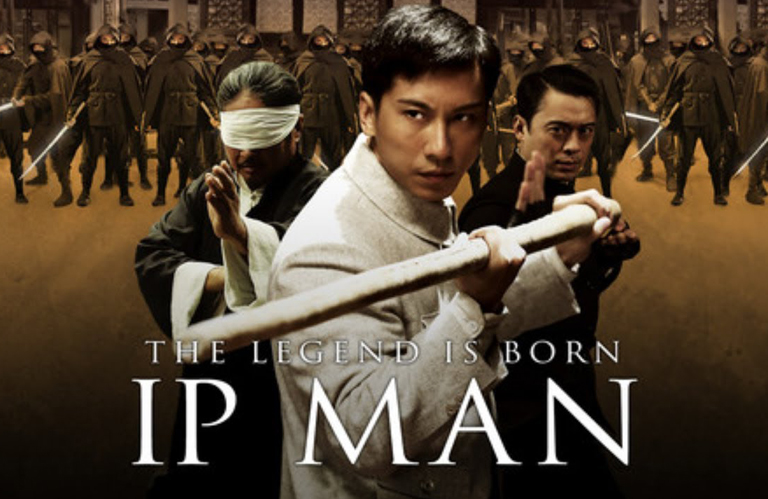
GM Ip Man began studying martial arts as a teenager in Foshan when he became the last student of Chan Wah Shun. Later, when the young Ip Man went to Hong Kong to attend school, he was introduced to an elderly martial arts master. Being young and brash, Ip Man challenged this older gentleman, but lost to him. Later he found out that this man was in fact Leung Bik, the son of his grandmaster, Leung Jan. For the next several years Ip Man improved his Wing Chun skills under Leung Bik’s guidance before moving back to Foshan. In Foshan many masters came to challenge Yip Man, only to go back humbly defeated in closed room fights.
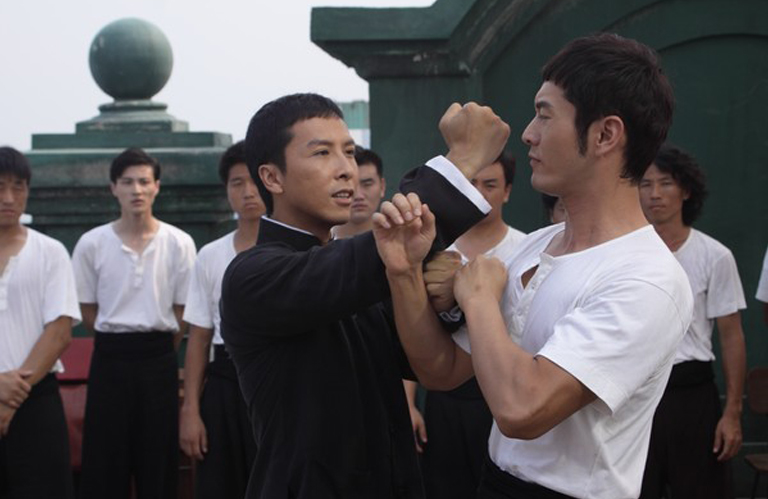
Due to the Communist Party takeover in 1949, Ip Man lost his wealth and status and was forced to relocate to Hong Kong. He found shelter at the Restaurant Workers Association of Kowloon and began teaching Wing Chun to its members. In a short time, Ip Man’s classes grew to attract members from outside of the association. Eventually he went on to teach thousands of students, including the late movie star Bruce Lee as well as many others, who became accomplished Wing Chun masters in their own right.
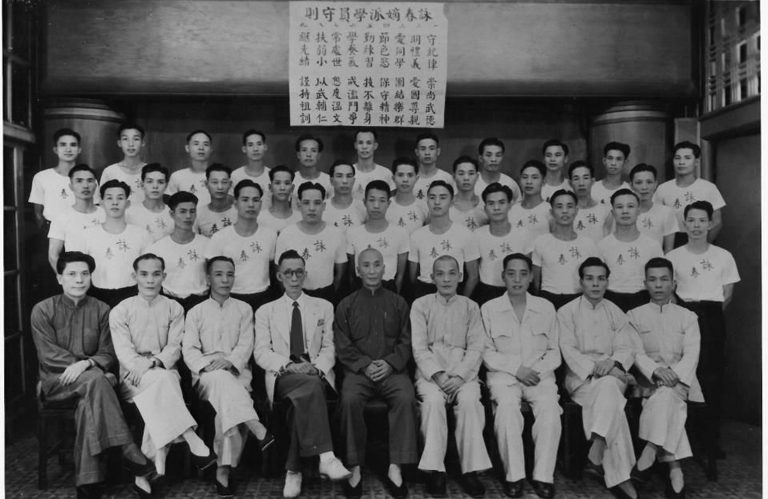
Ip Man’s legacy i.e. his teachings which his students received & taught are the most widely practiced Wing Chun lineages across the world. His notable top five disciples who got different aspects of Ip Man Wing Chun are
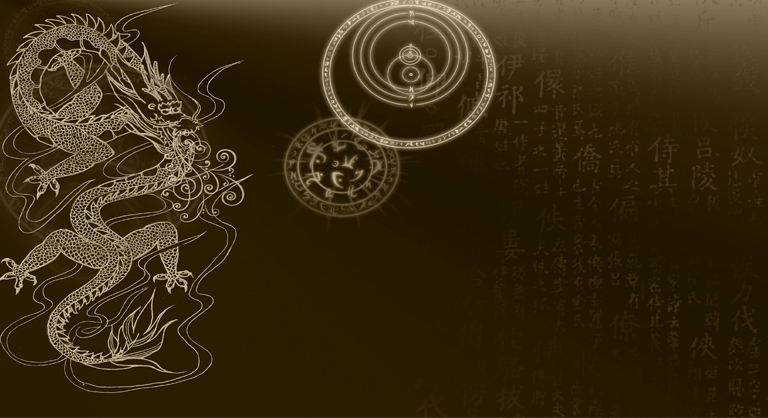
Apart from GGM Ip Man there were many contemporary Wing Chun masters whose students carry their lineages. It is important to remember that no matter what changes have occurred as the lineages developed, Wing Chun has always been a method of combat that focuses on simplicity, directness and efficiency. While around 60 different lineages have been documented, some still are lesser known. In future IWCA will be covering up a few via series of articles.
At IWCA we believe that while it is important to know the history of Wing Chun and give respect to those who have come before us, our duty is to practice hard to master, even improve on the skills they have passed on.
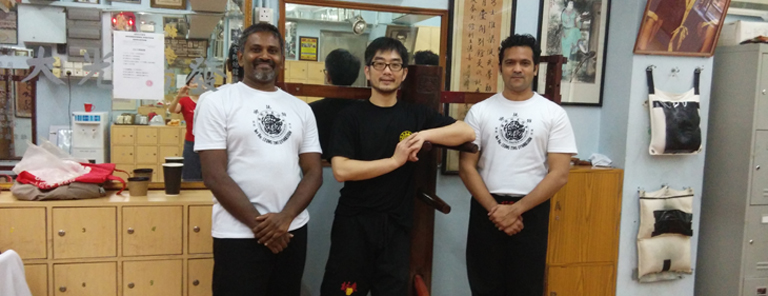
“It can thus be said that the Wing Chun System was passed on to us in a direct line of succession from its origin. I write this history of the Wing Chun System in respectful memory of my forerunners. I am eternally grateful to them for passing to me the skills I now possess. A man should always think of the source of the water as he drinks it; it is this shared feeling that keeps our Kung Fu brothers together.”Grandmaster Ip Man’s own words